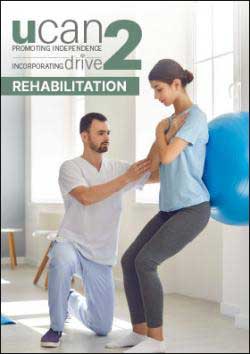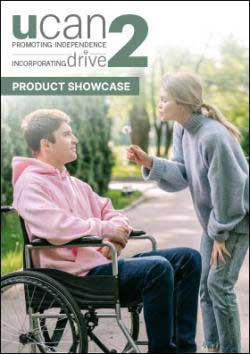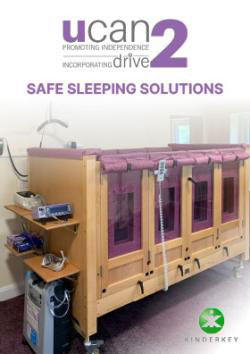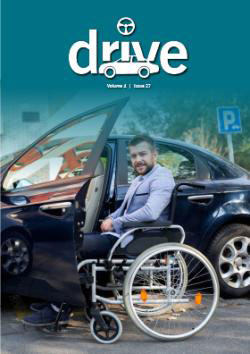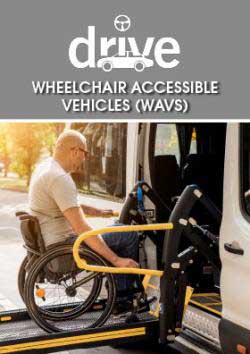Family-owned footwear retailer Charles Clinkard have worked closely with local charity, Daisy Chain, to make their stores into more comfortable spaces for families who are affected by autism. In this article, Rachel Clinkard shares a few ways we can do the same in our homes and help children with autism.
Parents of a child or children with autism will no doubt already be aware of what their little ones need to stay soothed, stimulated, and safe. But if you’re welcoming children on the autistic spectrum into your home, perhaps for the first time, you might be wondering what you can do to make them feel more comfortable.
Children with autism often experience the world differently to how we might be used to, and while it’s easy to make adjustments to your home to help them feel at ease, where do you start? Below, I’ll take you through just a few things you can do to help turn your home into a safe space for autistic children.
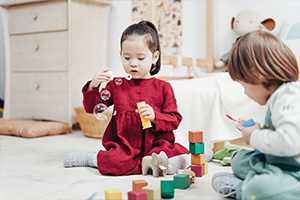 What to include
What to include
Start by putting together a designated play area in your home. Providing sensory toys with a range of textures can provide intrigue without immediately overwhelming children with autism, and they can enjoy touching and feeling these safe objects rather than seeking out other items from around the home (Autism Speaks). If you have room to set up a large activity then a water play area or indoor garden would be ideal — as would setting up a soft play area, a ball pit, or an indoor trampoline. Smaller-scale sensory play can include playing with putty or slime, building blocks, and fidgets such as spinners or poppers.
A dark yet comfortable plush area to curl up in, perhaps with a book or digital device, can be helpful for when a child feels overstimulated or just wants to relax for a while. A tent or play house can provide privacy, and soft toys, blankets, and pillows can all help absorb sounds and muffle noises that can be overwhelming, such as echoes, footsteps, and even voices. If you have wooden or laminate flooring, rugs can help with this too.
Calming colours and décor
When we think of child-friendly décor, we often imagine bright, colourful areas with lots of stimulating primary shades. However, people with autism often view colour with greater intensity than people without, so decorating this way can often lead to overstimulation (ResearchGate). Instead, consider choosing calming, muted tones like neutrals or pastels, or opting for a monochromatic look. Similarly, matte surfaces are better than shiny, polished finishes.
Lighting can go a long way towards creating the right atmosphere in your home, and for children on the autistic spectrum, it’s better to stick to light sources that are as close to natural light as possible. Low-level, warm lighting is best for creating a calming atmosphere, but not too dim — very low lighting can lead to accidents such as tripping over. Flickering sources such as fluorescent lights can be very distressing so stick to LEDs where you can, and while it may not be immediately obvious to you, the sound a light source makes can become a problem too. So, keep an ear out for any buzzing or hissing lights around your home.
Making the space safe
Most children with autism explore with touch, which includes picking up and interacting with unfamiliar items. To prevent children from playing with things that they shouldn’t, it’s important to keep your countertops tidy and clutter free, with plenty of hidden storage such as cupboards and cabinets rather than open shelving. Not only will this keep potentially dangerous objects out of harm’s way, but as mess can sometimes be visually distressing to autistic children, a clear countertop may be more soothing too.
Other ways children with autism can be more prone to hazards include their balance and motor skills, their spatial awareness, and their general perception of danger and reaction to pain. With this in mind, other ways to make your home safe include padding sharp corners and edges, covering plug sockets, and using doors and gates to seal off parts of your home. These steps may sound familiar as they are similar to babyproofing, but they can help ensure the safety of children of all ages.
Every child is different, but autism can provide extra challenges when it comes to making a kid-friendly space in your home. These tips can help you assess your home and work out what you need to do to create a comfortable, safe, and stimulating environment for kids on the autistic spectrum.







